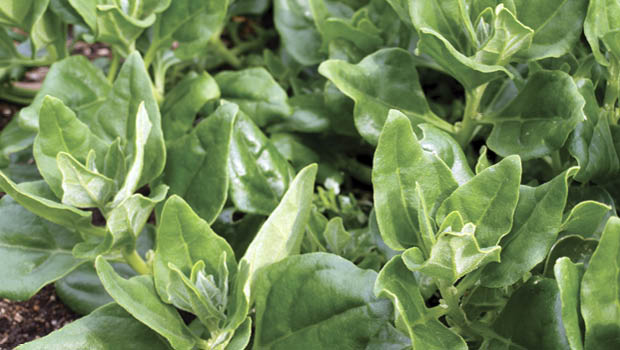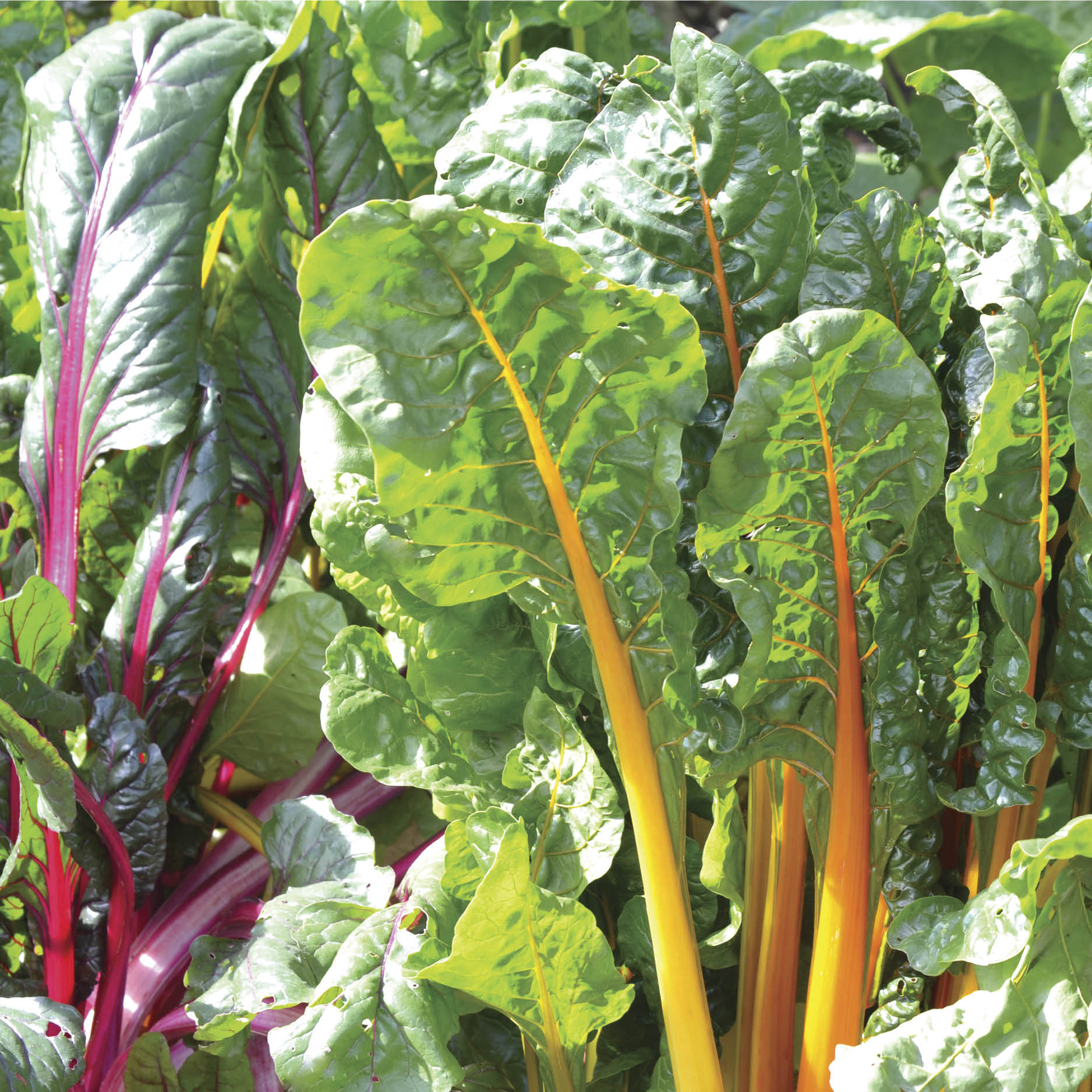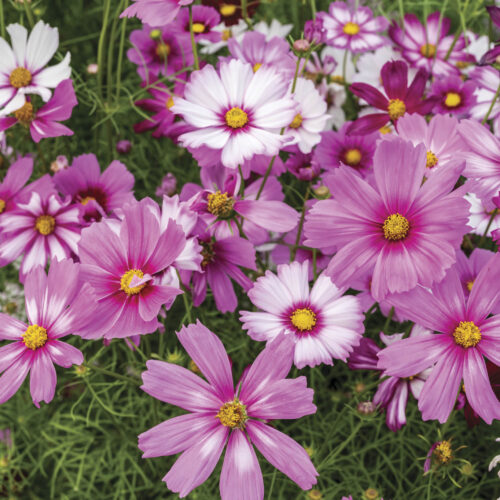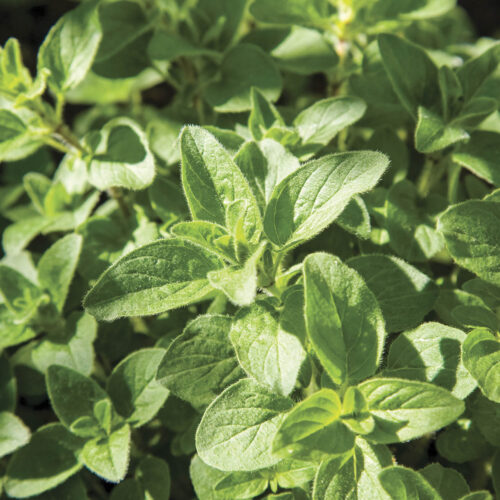Spinach substitutes
2021-05-04T05:24:43+10:00
Spinach is a no-fuss cool season crop but there are some excellent substitutes for warmer seasons and regions too hot for English spinach.
Spinach grows best in shoulder and cooler seasons. In summer it bolts quickly to seed instead of forming leafy plants. Therefore, if you live in the tropical or subtropical northern part of Australia, sow spinach from late autumn to winter. Alternatively, choose a spinach substitute that thrives in summer and/or in the tropics.
Brazilian Spinach (Alternanthera sissoo) has edible leaves that can be steamed or stir-fried. It is a perennial groundcover for tropical and subtropical climates only.
French Spinach or Orache (Atriplex hortensis) is a warm season, slow-bolt annual shrub with leaves that taste like salty spinach.
New Zealand Spinach (Tetragonia tetragonioides), top, is a disease-resistant perennial also native to Australia. It survives light frost and is ideal for sandy coastal conditions. Provide full sun and good drainage. Leaves taste best cooked.

Malabar Spinach (Basella alba) above, has fleshy, mucilaginous green leaves that can be eaten raw when young, or cooked in soups and stews as a thickening agent. It is a cold tender perennial climber.
Perpetual spinach (Beta vulgaris var.) is a very hardy, traditional form of silverbeet that also naturalises freely in my garden. Plants are green throughout with short, narrow stems and leaves with a flavour very close to that of spinach. Sow year-round in tropical climates, or September to May in temperate ones.
Silverbeet and Swiss Chard
(B. vulgaris var. cicla) have a milder flavour and thrive in the height of summer. In my vegie patch I let red and yellow varieties, as well as green and white such as ‘Fordhook Giant’, seed and they pop up throughout the garden.
Helen McKerral’s full article about growing spinach, including soil preparation, sowing and best cultivars to choose, is in Issue 125 (Early Winter 2021). You can get a copy here or at your local newsagent and selected supermarkets!








